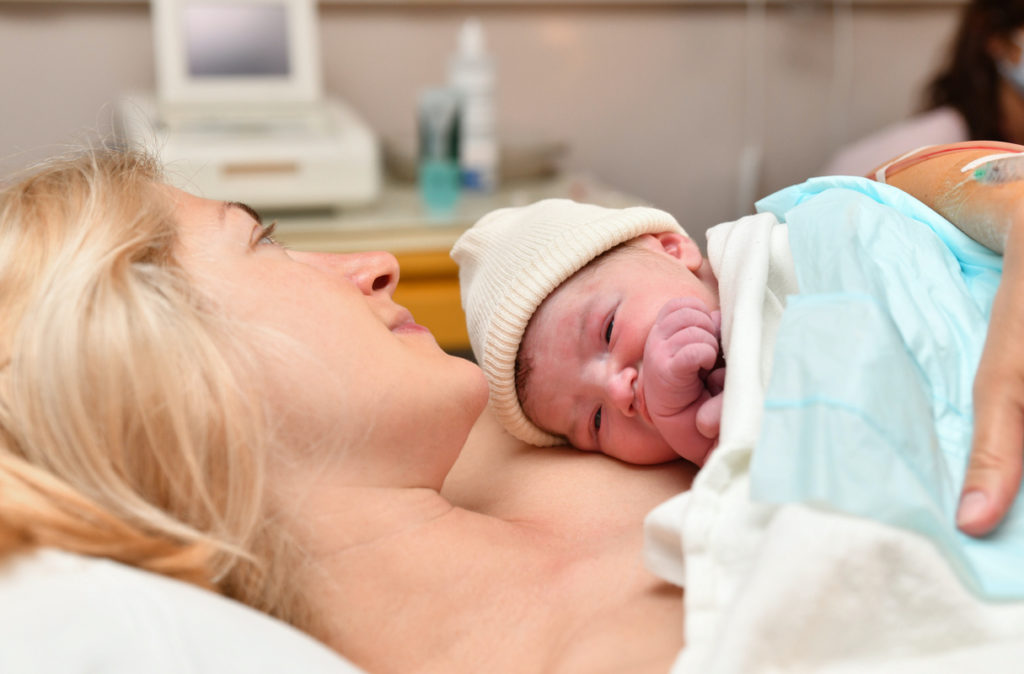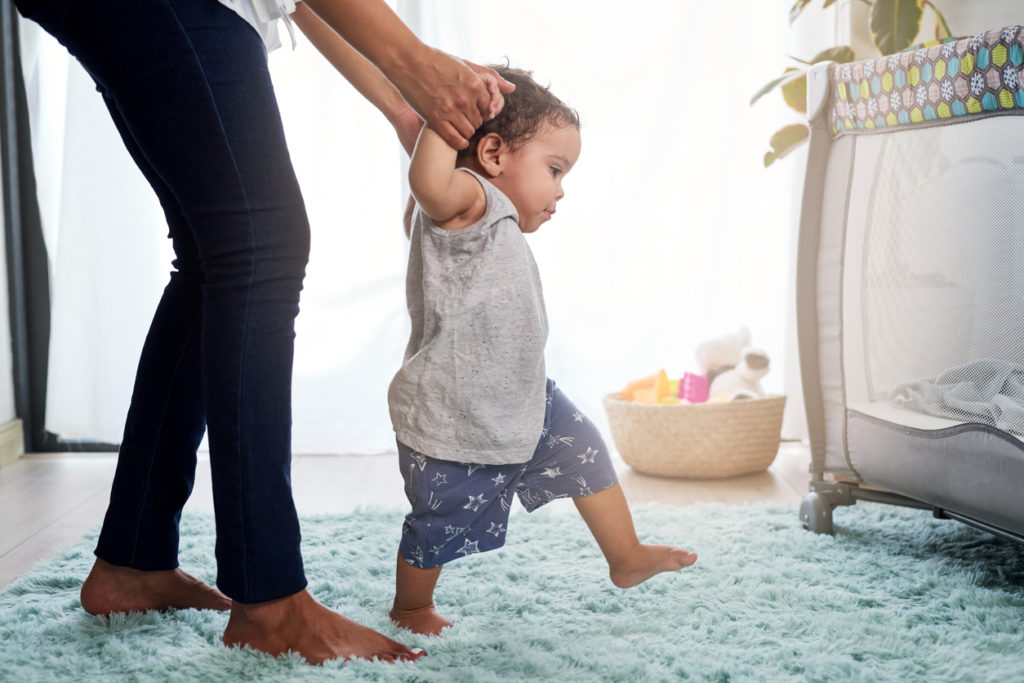
Newborn and Infant Development
Infants are paired with inborn responses, called primitive reflexes, to assist their sensory, motor, and cognitive development throughout infancy. They teach us how to react, move, feel and interact. In an unmedicated birth with little to no birth stress, infants already possess the ability to crawl up their mom’s stomach to latch and feed, without assistance! All those kicks and movements felt during pregnancy prepare infants for that exact moment. But not all infants start life on the same developmental trajectory. Pelvic bone restrictions and torsion on the uterus during pregnancy, medications during pregnancy or delivery, nutrition, and exposure to environmental toxins are all thought to play a role in the ability of our newborns to engage their sensory and motor systems.
How can we as parents and caregivers, provide the best opportunity for our children to thrive? The answer is simple: create an environment of ENRICHMENT and ENGAGEMENT.
Early gross motor development is a critical component of our brain’s ability to ‘talk’ to our body. Our muscles supply information about how to move, how we feel, where our body is in space and how it relates to our environment. When we lack adequate feedback from the body, problems arise: infants skip milestones (crawling, walking, talking), kids have motion sickness, attention problems, the list goes on. Proper muscle activation and brain wiring starts in infancy.

Skin to skin
Skin-to-skin IMMEDIATELY after birth is such a simple and beneficial activity you can do with your newborn. Magic happens with skin-to-skin contact; accelerated brain maturation, emotional and social development, and a lowered stress response due to better ‘quiet sleep’. Babies that are placed directly on mom after birth are twice as likely to start breastfeeding within the first hour – providing nutrients, antibodies, and hormone regulation for mom. We even transfer antibodies to our newborn through our skin (you too dad!).
One massive benefit to skin-to-skin contact is THERMOREGULATION, or being able to maintain a healthy core body temperature (a common issue in preterm infants). Breast tissue in women has the ability to adjust skin temperature in order to warm up or cool down our newborn. This allows infants to retain more of their ‘brown fat’ longer, which contributes to better thermoregulation and maintaining healthy body weight. A word of caution dads: keep skin-to-skin time to 1 hour or less, because male breast tissue can’t cool down the newborn. In terms of stress reduction, cortisol (that pesky stress hormone) lowers after just 20 minutes of skin-to-skin contact, paving the way for improved immune function, less agitation, and better sleep. All of these wonderful benefits help our newborns thrive. The only requirement: those baby cuddles that everyone loves!

Sitting
After 6 months of tummy time, rolling over and army crawling, infants are finally ready to sit up by themselves. Sitting up is a sign that core muscle and motor development is on the right track. This step sets the stage for crawling, walking, better head control, and eye movement development. Did your child skip any of those movement stepping stones or have difficulty sitting up without help? Ditch the Bumbo! Avoid seats and devices that are designed to prop your child up before they are ready. Instead, go back to the basics. Encourage them to reach for objects during tummy time. Teach them to kick and play with their legs. Tickle the skin on their back on both sides, bottom to top. Sit them on your lap and tilt them side to side, forward and backward. Gently dance them around the room with music on. All of these activities will help strengthen their back muscles and teach their body how to hold itself upright. Infants go through specific steps of development because each new skill builds the necessary degree of strength and coordination for the next stage of movement. The best thing you can do for your little ones is to immerse them in an environment of play, love, and engagement for optimal growth and development.

Walking
An ideal age for walking is 11-13 months. To help facilitate development, avoid using devices that assist or act as a ‘crutch’ for movement. Children need to see what they feel to help create a map of where their body is in space. Infants need to troubleshoot and problem-solve how to move their bodies on their own. Walkers and jumper seats are commonly used toys. As parents, we get excited about walkers, because they signify that next step in motor development. Plus, kids love them – they are more mobile and speckled with all sorts of toys on the tray. A great question to ask when considering using a walker: does my child have the proper muscle tone and coordination to be in an upright position? If the answer is no, which it likely is, then focus on skills and activities that promote gross motor and spatial development. Providing them with proper feedback to their back muscles helps them to activate and coordinate properly, which is foundational for being able to navigate life upright and build connections within the brain.
Support. Encourage. Empower. Be PROACTIVE about your family’s health. Why wait for problems to occur? Take action! Be mindful of the ideal stages of development, play with a purpose, and seek help from health care providers with experience in child development. At Heartland Chiropractic, children are our passion and we love helping families navigate development and function, from infancy to adulthood. Contact Us today or Request an Appointment online to ensure your kiddo is developing properly!




